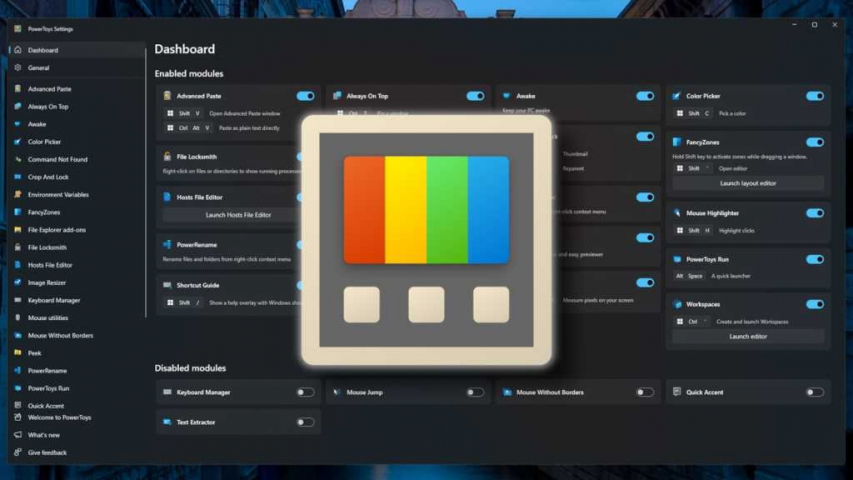What is SAP MRP?
SAP MRP (Material requirements planning) is a planning tool to help production and procurement planners create feasible and realistic plans so they can quickly initiate procurement or production processes.

Planners need material planning tools to accurately plan materials for timely availability across the entire logistics and supply chain. A planner’s primary concern is to ensure that enough stock is always available for sale to customers without escalating inventory carrying costs or facing a shortage of raw or packing materials needed for production processes.
Important Tabs in SAP MRP
SAP has divided MRP data into 4 tabs in the Material Master. The information on the four MRP tabs is important to plan, procure & produce material within the plant.
1. General Data in SAP MRP
The General Data section contains some fields such as the Base Unit of Measure field but also includes the MRP Group and ABC indicator fields.
These are as follows:-
MRP Group
The MRP Group field is a set of special control parameters specific to the total planning run. We create an MRP group at the plant level and assign it to materials with similar needs for these parameters.
Create the MRP group using Transaction Code OPPR.
ABC Indicator
The ABC Indicator field allows us to determine based on consumption criteria. The higher the consumption, the more important the material is and A represents the highest importance. The SAP system predefines the indicators A, B & C. Though, we can also define other indicators.
2. SAP MRP Procedure
The MRP Procedure fields allow you to maintain the MRP type field, the MRP controller field and other fields necessary for the MRP functionality.
SAP MRP Type
The MRP Type field is a key representing a procedure for planning a material and to control which MRP parameters we can maintain for the material. SAP has predefined a number of MRP types.
| VB | Standard MRP |
| VB | Manual recorder Point Planning |
| VM | Automatic recorder Point Planning – Including external requirements |
| V2 | Automatic recorder Point Planning-without external requirements |
| VV | Forecast-based planning |
| ND | No Planning |
Reorder Point
We can use this field only for reorder point planning. Reorder point planning uses a reorder point to indicate to MRP that we must include a material in the next planning run when there is a requirement.
The production staff determines the reorder level and enters this value into the material master in the Reorder Point field.
We can calculate the order level in a number of ways.
For example, calculate a reorder point as the safety stock level plus the forecasted demand for the material during its replenishment lead time.
Material Requirements Planning Controller
The MRP Controller Field reflects the person or persons responsible for planning the material.
3. SAP MRP Lot Size
The Lot size field defines the lot-sizing procedure. The procedure calculates the reorder quantity in the planning run. We can define Lot sizes for short-term and long-term periods.
The production department will determine the requirement of lot-size calculation for the material. We can configure the lot-size calculation by using Transaction OM14.
Minimum Lot Size
The planning department can enter this field to determine this material’s minimum lot size for procurement
Maximum Lot Size
The field is the material’s maximum lot size for procurement. This value is used in the lot-size calculation for production orders.
Fixed Lot Size
The Fixed Lot size field is the amount of the material ordered when there is a shortage of the material. If the fixed lot size is less than the shortage, then we can order the multiples of the fixed lot size to cover the shortage
Maximum Stock Level
This field is only used if the Lot size field value “HB” (replenish to “maximum”) has been entered for this material. Also, this field determines the maximum level of stock for this material at the plant.
Ordering Costs
These costs we use only with the Optimum lot-sizing procedure and represent the cost of producing or purchasing the material above the normal purchasing costs. The system assumes the currency is the same as the currency used for plant.
Assembly Scrap
The Assembly scrap field represents the amount of scrap that normally occurs during the assembly of material. The percentage of scrap will allow the lot-size calculation to increase to allow for scrap. We should enter a value if this material is assembled.
The second TRP tab in the material master refers to how we can procure a material for production.
4. SAP MRP Procurement Type
The Procurement type field describes how a material is procured. For example, a material can be purchased externally from a vendor and be produced in-house via production or process order or both.
Batch Entry
The Batch entry key identifies where the batches must be entered in the production process. Three options are available for the Batch entry field.
- Manual batch determination at the release of the order
- Batch not required in order confirmation required
- Automation batch determination upon release of order
Special Procurement
The special Procurement field is configured to describe a procurement scenario. This key can determine the procurement type, procurement from another plant and Bill of Material characteristics.
Production Storage Location
If the material is produced in-house, the storage location entered in the Prod storage location field is used in the planned or production order as well.
Default Supply Area
The Default supply area field is used for Kansan operations. The default supply area is a defined interim storage area that supplies material to the production operation. Supply areas are not part of the configuration and can be defined using Transaction PK05.
Now let us understand the Scheduling aspects of materials planning.
In-House Production
The system uses this field to calculate the time required to produce a material in-house.
GR Processing Time
The system uses this field to calculate the time required to make a product available. For example, if two days are required for inspecting a procured material, this time is added to the scheduling during an MRP run.
Scheduling Margin Key
The system uses this field to create a buffer in scheduling to account for any unforeseen delays during production or procurement. This time can also provide the planner with additional time for securing approvals to produce a material.
Planned Delivery Time
The system uses this field to calculate the time required to produce a material.
Planning Calendar
While the system uses the factory calendar for most of its planning, the planning calendar provides planners with an alternate option for planning materials to meet specific business needs.
SAP MRP Net Requirement Calculation
Net requirements calculations are for the safety stock amounts active for a material at a specific plant. For example, depending on the specific production facilities at each plant and the location of key vendors, the values for safety stock, minimum safety stock and service level may be different for each plant in your company.
The Forecast Requirements section contains three fields:-
Period Indicator, Fiscal Year Variant & Splitting Indicator.
Period Indicator
The Period Indicator field specifies the time period for which consumption values are held for forecasting. The normal time period is 1 month, which is system default if this field is left blank. The field is also displayed under the Forecasting Data tab.
Fiscal Year Variant
The Fiscal Year Variant is an accounting-defined field that describes the variant for the fiscal year. That is the number of posting periods. The fiscal year variant can be configured using Transaction OB37 .
Splitting Indicator
The splitting indicator plays an important function within forecast-based planning. The forecast for a material may determine that production needs to manufacture 1000 units per month for the next 6 months. However, the planning function needs to split production into smaller time intervals. In this example a planning run may be required to determine the number of units required to be produced each day for the first month, then weekly for the second month and then monthly after that. Hence a splitting indicator can be defined in the configuration to determine the number of days, number of weeks and number of forecast periods required
This section reviews the availability check that has been identified on other entry screens and the assessment of total replenishment lead time and cross-project materials.
Total Replenishment Lead Time in SAP MRP
The Total Replenishment Lead Time field reflects the time, in work days, that is required before a material is available to be used or sold. This field is not a system calculation but should be the sum of the total in-house production times and planned delivery times. This field should be maintained if the planning department wants total replenishment lead time to be included in the availability check
Summary
In this blog, we discussed different components of Material Requirement Planning available in Material Master.






!['호부지가 돌아왔다!' NC, 이호준 제4대 감독 선임 "특별한 팀서 감독하게 돼 기뻐" [오피셜]](https://thumb.mtstarnews.com/21/2024/10/2024102215175357120_1.jpg/dims/optimize/)






!["대한민국, 분단 끝낼 기회" 우크라군 한글로 올린 글 [소셜픽]](https://photo.jtbc.co.kr/news/2024/10/21/202410210815516627_LC.jpg)

 English (US) ·
English (US) ·